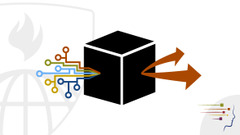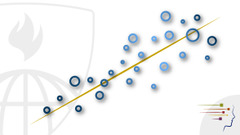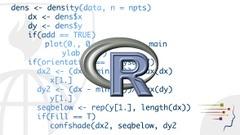Practical Machine Learning Coursera Review
The eighth course in Johns Hopkins Data Science Specialization on Coursera is Practical Machine Learning This is the third and final course in the sequence taught by Jeff Leek. Probably more than any other course in the JHU series of classes, this is the one that feels like it brought the whole sequence together. Students of Practical Machine Learning need the skills developed throughout the rest of the sequence to be successful in this course, from basic R Programming (course 2) through Regression Models (course 7).









